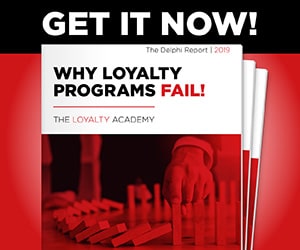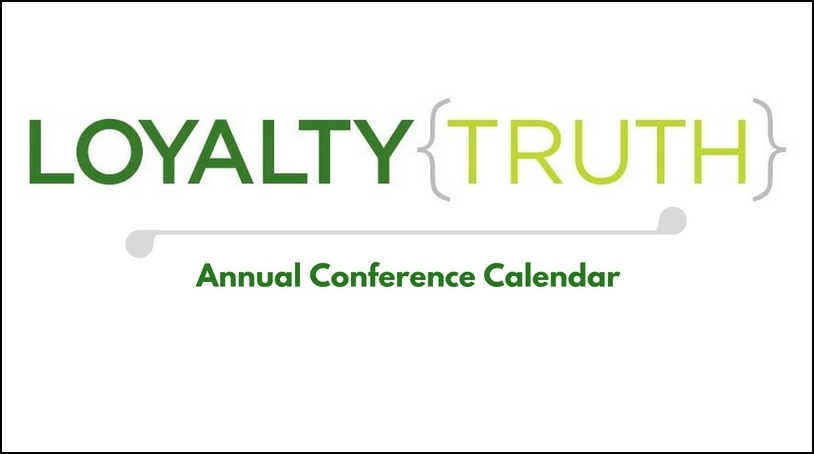Editor’s Note: Jim Kuschill is a leading marketing technology advisor combining 15 years of loyalty experience with 15 years of technology experience. He consults, writes, and speaks on the implications of strategy on technology and vice-versa, with an emphasis on loyalty marketing systems.
If you need to understand why your marketing systems get in your way, to refresh your systems through build or procurement, or to understand best practices, you can contact Jim at kusch@perfectlytargeted.com. Jim is also the latest Contributing Author at Loyalty Truth and we are proud to showcase his important article on Loyalty Program measurement.
I’ve been in several senior-level meetings over the last bit where there was substantial discussion concerning the issue of Cost-per-Point (CPP).
While definitions of CPP vary, a common definition is the total financial currency cost (e.g. USD) of awards redeemed divided by the total promotional currency amount (e.g. points) used to make those redemptions over a defined time period. Note that CPP can be calculated for subsets of a membership base and for individual redemption items, both of which are valuable calculations for a Loyalty program measurement plan.
The aforementioned meetings are generally unhappy ones between programs operators and awards providers, because the CPP is rising and “something needs to be done” to bring it back down. Compromises are made, value propositions are generally diluted, and off everybody goes.
Given the magnitude of awards expense, attention to CPP makes perfect sense. The conundrum from my perspective is that CPP is often the only “cost per” metric that’s discussed. In particular, I almost never see a CPM – cost per member – metric tracked and reported against.
Historically, the largest loyalty program expense has been awards, followed by communications and operations. With the continuing emphasis on electronically delivered communications, reductions in communications frequency, and technology for self-service, it’s likely that operations costs now exceed communications costs in many programs.
Incredibly, the value of the second largest program expense, operations, is not often definitively known. Even if there is a figure provided, it’s viewed differently by siloed stakeholders and, while there may be acknowledgement, there is seldom agreement on a usable metric. As a loyalty software vendor I always thought this was a “job security” decision by program operators, as it’s tough to argue that a new solution represents a cost reduction when there’s nothing to compare against.
After looking at individual situations more closely, there are many reasons for the lack of consensus. Sometimes, the tactical overwhelms the strategic, and there’s no time to engage the debate. Sometimes, I think organizations don’t really want to know the answer because, if they did, there would be uncomfortable repercussions. Sometimes, well, organizations are too complicated to make sense of it all, even with a concerted effort.
As loyalty marketing and loyalty marketing technology both slowly inch from art to science, I believe that measurement of the cost of delivery and the associated CPM needs to be defined and scrutinized just as closely as CPP. The availability of this metric will help us hone the efficiency of reward delivery and to make more informed decisions for program improvement.
I would approach estimating CPM as if I were creating the expenses portion of an “income statement” for my program:
- For the numerator, I would list the cost of each major service category separately. Some programs earn revenue from partners, both internal and external, and from other sources. If this is the case for your program, I would net out the costs associated with earning this added revenue. That is, I want cost numbers that exclude “extraordinary items.” I would also exclude revenue for selling promotional currency and the cost of rewards.
- The denominator should go beyond raw member count as this overlooks the disparity in costs for servicing active versus inactive members. Ideally there are established criteria for determining whether a member is active or not. Apply this formula to create two buckets of members and weight the inactive total with an appropriate factor, for instance 20% indicating that 5 inactive members use the resources of 1 active member.
The process doesn’t sound overly complex, but in practice it can be. Nevertheless, tremendous value results from the discipline of measurement which yields the true cost breakdown for servicing a member and illustrates whether the cost of each service category is trending up or down.
This knowledge allows executives to weigh investment strategies, evaluate alternatives, and make better cost projections. And of course, knowledge is power whether negotiating with my service organizations or with an internal team.
 Previous Article
Previous Article



